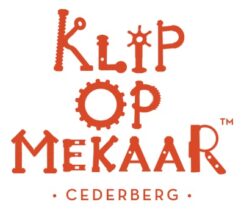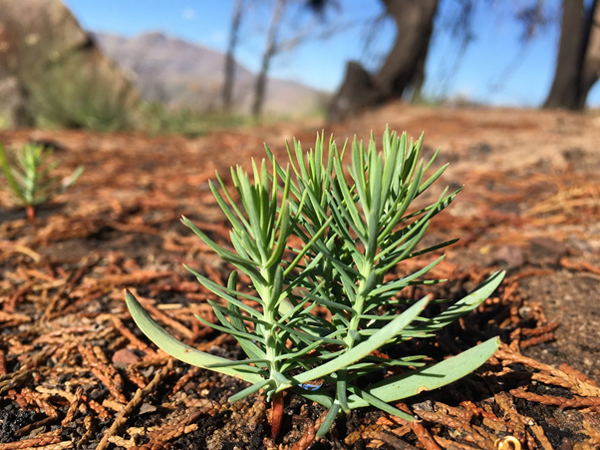Once so numerous that their superb and coveted wood was used for furniture, shipbuilding and even telephone poles, the Clanwilliam Cedar has been in decline for well over a century. Now, thanks to the efforts of conservationists and members of the local community, this rare and majestic Cedar tree is set for a comeback and is poised to pull back from the brink of extinction.
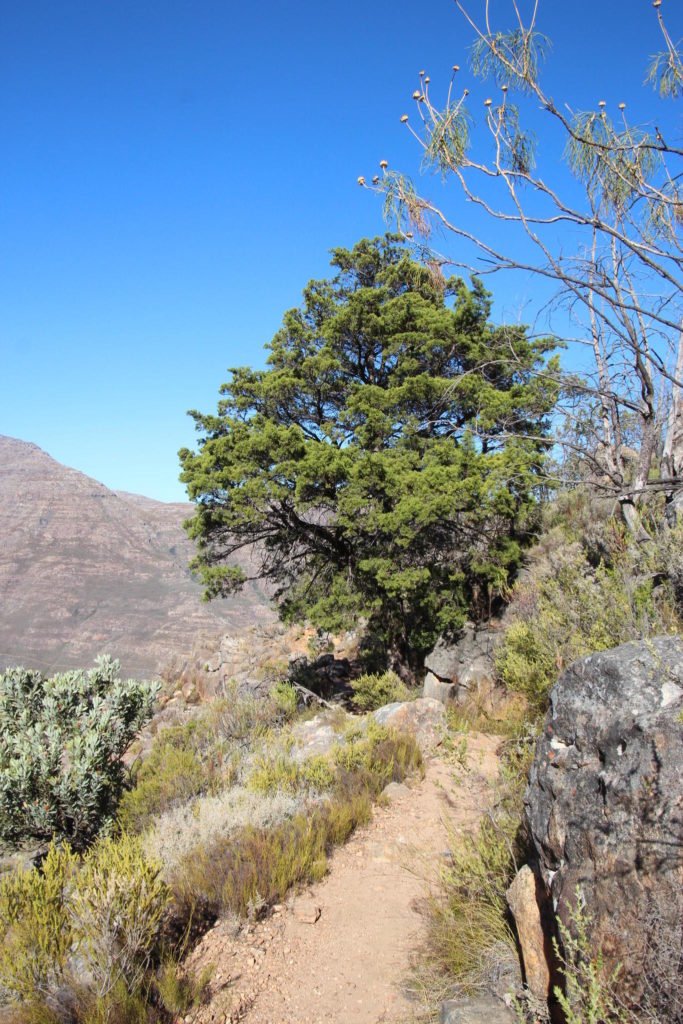
With wood that is beautiful, durable and fragrant, the Cedars of the Cederberg are one of the Widdringtonia family, a small subspecies consisting of four types of tree classed as African Cedars. Other African Cedars are found in South Africa, and one is found only on the Mulanje Massif in Malawi.
The endemic Clanwilliam Cedar (Widdringtonia cedarbergensis) is found only in the Cederberg Mountains. The tree that gives the region its name was felled almost to extinction in the 1800s. So useful was its timber to locals of the Clanwilliam district that it was used for almost all woodwork, and makes for excellent furniture. It was once sold by the wagonload for fence poles, and more than 7000 cedar poles were used in the telegraph line between Clanwilliam and Piketberg. By 1987, it was estimated that 90% of the trees had been wiped out – and the remaining trees are now protected by law.
A slow-growing tree, the Cedar only reaches seed bearing maturity at around 20 to 30 years old. Restoration efforts started in 1987, with tree planting events held every year, and to date between 7 000 to 8 000 seedlings have been planted into the Cederberg Wilderness area. When planted in the wild, rocky locations that are less prone to wildfires are selected, in order to give the newly planted saplings the best chance at survival.
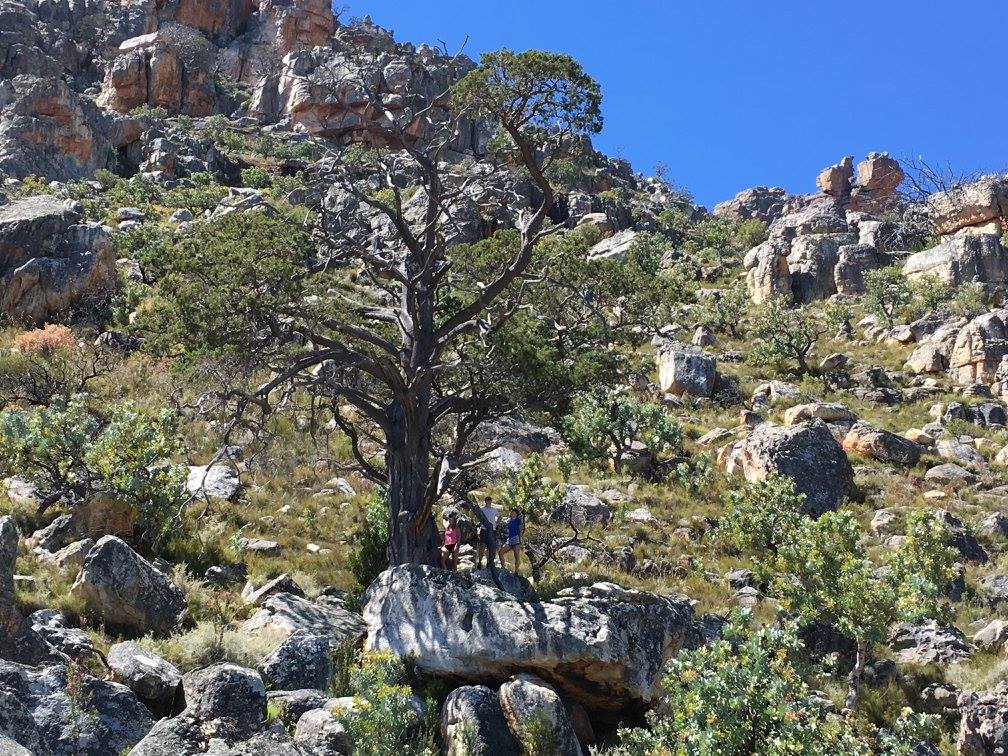
Today, it is estimated that only around 13 000 Clanwilliam Cedars exist in the wild, but thanks to an initiative in the Heuningvlei area of the Cederberg, this majestic tree looks set to make a comeback. This month, the community of Heuningvlei launched the Heuningvlei Cedar Seedling Nursery in partnership with CapeNature. The nursery is owned and managed by the Heuningvlei community, and was made possible through an initial investment by Bodyshop, CapeNature and Bushmans Kloof Wilderness Reserve & Wellness Retreat. The seedlings, supplied by Just Trees, are germinated in the nursery by community members and when ready, sold back to CapeNature and planted out during the annual Cedar tree planting season.
“Famous for its indigenous Cedar trees, this initiative is a wonderful example of how nature can benefit people and there is no one better to tell the story than those who are involved in it. We look forward to the growth that this nursery will bring to the environment, but also to the people of Heuningvlei,” says Dr Razeena Omar, CEO of CapeNature.
The Heuningvlei initiative is very well timed, as the regeneration of the Clanwilliam Cedar tree in the Cederberg faces some serious challenges. Among these are seed dispersal issues, and the effects of wildfires. Whilst it is known that the Cape Spiny Mouse forages for Cedar seeds and buries these in clusters of of two or three in the sandy soils of the area, the low concentration of this mouse species in the few remaining stands of Clanwilliam Cedars, and the effect of wildfires, means that few seedlings survive. In January 2013, three different fires destroyed close to 30% of the Cederberg Wilderness area. To this day, it is still possible to see the impact of the wildfires, which decimated the few groves of Cedars still standing.
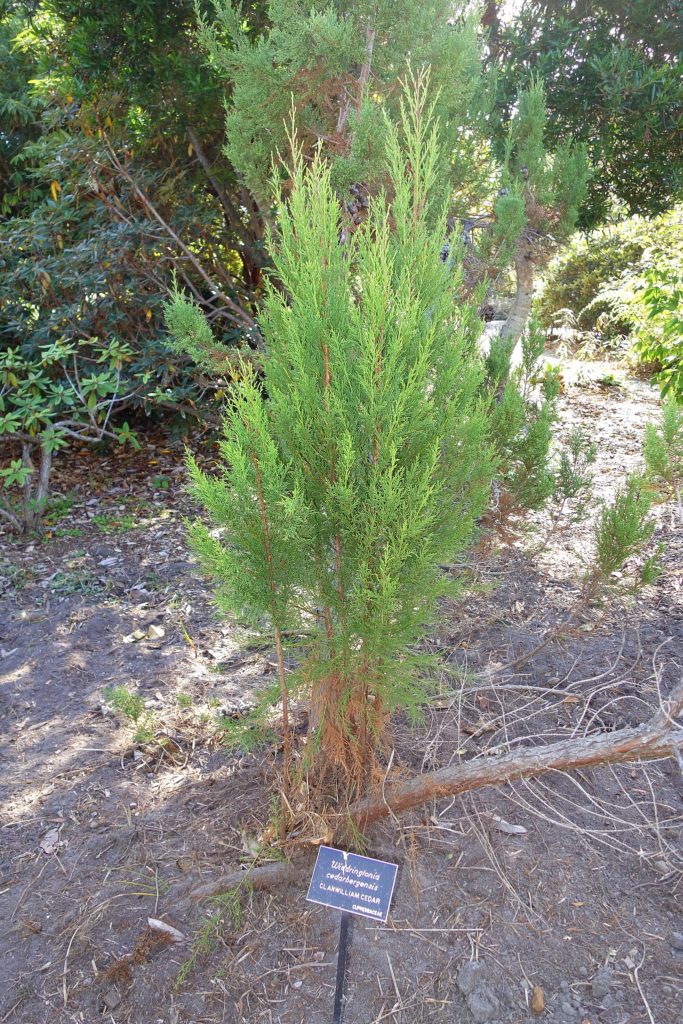
To assist the saplings to establish themselves, a Dutch innovation called a Waterboxx has been used in the groves where new seedlings from Heuningvlei are being planted. The location of the groves is a well-kept secret, as these young trees hold the promise of regeneration and need to be given the very best chance at survival. The Waterboxx traps and funnels water slowly onto the roots of young Cedar trees, giving them a fighting chance at a stage of growth that is critical to their long-term survival.
It will still be many years yet before the full effect of these efforts to save the Cedars of the Cederberg become visible across the mountainous region that we farm our organic rooibos in – but with this new initiative set to bolster the number of this iconic species, there is hope that in years to come they will return to their home range.
We wish everyone involved in this fantastic initiative all the best – may it grow from strength to strength!
